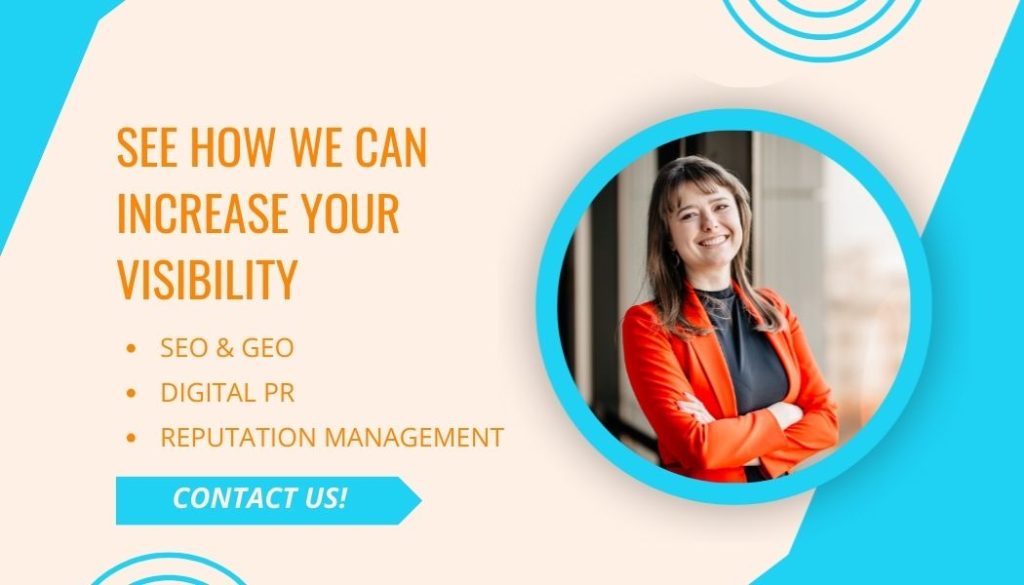According to a 2025 Gartner sales survey, 61% of B2B buyers now prefer a rep-free buying experience, meaning they want to research, evaluate, and decide without ever talking to a sales rep. Combine that with AI reshaping search, rising ad costs, and a tech space more crowded than ever, and you’ve got a market where traditional acquisition tactics simply won’t cut it.
For startups, the challenge is even greater. Budgets are limited, investors often don’t allocate funds for marketing, and every decision has to count. That’s why you need a structured, data-driven plan that attracts the right prospects, nurtures them effectively, and converts them into loyal customers, often before you even get the chance to speak to them.
A B2B customer acquisition strategy defines who you target, how you reach them, and which channels you use to move them through the funnel. Done well, it lowers your customer acquisition cost (CAC), improves conversion rates, and creates a repeatable growth engine.
Before choosing any channels or tactics, you need a strong foundation.
Your ICP is the blueprint of the companies most likely to become high-value customers. Consider:
Pair your ICP with buyer personas for the individuals involved in purchasing decisions, from executives to end-users, so your messaging speaks to their specific needs.
One of the most important questions to answer: Why should a customer choose you over competitors?
Many marketers or entrepreneurs don’t have an answer, but if you can articulate it clearly, you’re already ahead.
Your unique selling proposition (USP) must:
Use a CRM or customer data platform to:

Not all marketing channels perform equally for every business. The reality is, what works brilliantly for one company might flop for another, even if you’re in the same industry. The goal is to test, measure, and double down on those delivering the best ROI. That means running small, controlled experiments, tracking results with precision, and being ruthless about cutting underperforming tactics.
Forget “we’ve always done it this way”, if a channel isn’t bringing in the right leads at the right cost, it’s eating your budget. On the flip side, when you find a channel that works, go all in, optimize it, and squeeze every drop of value out of it before spreading resources thin elsewhere.

Google processes over 8.5 billion searches every day, and studies show that 77% of B2B buyers research potential partners online before making a decision. Optimizing for search intent ensures your content appears when buyers are actively looking for solutions.
With over 1.2 billion members and 4 out of 5 members driving business decisions, LinkedIn remains the most powerful B2B networking and lead generation platform.
DemandSage reports over 1.2 billion users visit Reddit monthly, with an average of 91.2 million daily users.
In recent years, Reddit has gained significant visibility in search, now occupying a special space in Google’s results, and LLMs like ChatGPT and Google AI Mode reference Reddit as one of their top 3 sources.
For B2B marketers, Reddit offers a unique opportunity:

Email remains one of the highest-ROI B2B channels, and despite being one of the oldest digital marketing tactics, it’s far from outdated. In fact, it’s one of the few channels you own, which means you’re not at the mercy of algorithm changes or ad platform costs.
Quality content doesn’t just build credibility, it addresses buyer pain points, educates them, and positions your brand as a trusted solution provider. Through content, you can show your real value, not just talk about it. When you consistently create resources that solve your audience’s problems, you stop being seen as “just another vendor” and start being considered a partner in their growth.
88% of buyers trust reviews as much as personal recommendations, and review websites like G2, Capterra, and Trustpilot are often the first stop for B2B buyers evaluating vendors.
Digital PR amplifies your authority by securing coverage and backlinks from high-authority publications.
Digital PR not only drives referral traffic but also increases brand mentions, improving your visibility in AI-powered search results
Paid channels like Google Ads and LinkedIn Ads can accelerate lead generation, especially for new product launches or market entry.
Webinars are one of the most effective ways to connect directly with your target audience, share expertise, and generate qualified leads.
Key Tactics for Moving Prospects from Lead to Customer
Acquisition isn’t complete until the lead converts.
Optimize Landing Pages & CTAs
Use Interactive Demos
Implement Live Chat
Real-time support can lift conversion rates by up to 500%.
Measuring & Optimizing Your Acquisition Strategy
Track KPIs that reflect both quantity and quality of leads:
Run A/B tests on:
Drop or optimize underperforming channels, and scale those delivering the highest ROI.
Bringing It All Together
A winning B2B customer acquisition strategy is never static. It’s a continuous cycle of:
When marketing, sales, and customer success teams align around clear goals and shared data, you create a repeatable, scalable growth engine.
💡Pro tip: Many high-growth B2B companies get 80% of early traction from a single dominant channel. Find yours, and go all in before diversifying.